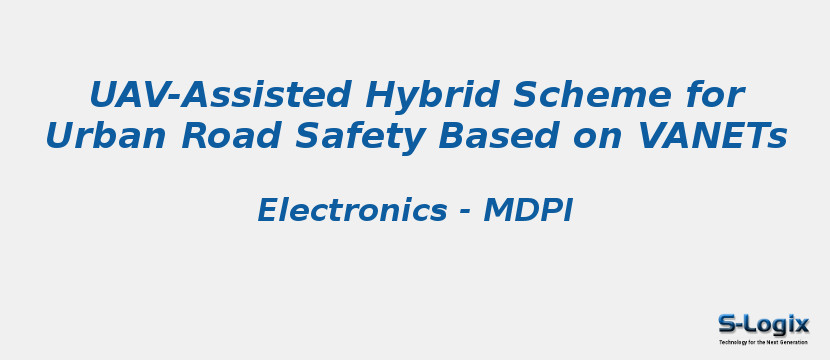Research Area: Vehicular Ad Hoc Networks
Traffic congestion control is becoming a popular field of research due to the rapid development of the automotive market. Vehicular ad hoc networks (VANETs) have become the core research technology for numerous application possibilities related to road safety. Road congestions have been a serious issue of all time since the nodes have high mobility and transmission range is limited, resulting in an interruption of communication. One of the significant technical challenges faced in implementing VANET is the design of the routing protocol, providing adequate information and a reliable source for the destination. We proposed a novel mechanism unmanned aerial vehicle (UAV)-assisted ad hoc on-demand distance vector (AODV) routing protocol (UAVa) for current-time traffic information accumulation and sharing to the entire traffic network and to control congestions before it happens. The UAV-assisted (UAVa) protocol is dedicated to urban environments, and its primary goal is to enhance the performance of routing protocols based on intersections. We compared the overall performance of existing routing protocols, namely ad hoc on-demand distance vector. The simulations were done by using OpenStreetMap (OSM), Network Simulator (NS-2.35), Simulation of Urban Mobility (SUMO), and VanetMobiSim. Furthermore, we compared the simulation results with AODV, and it shows that UAV-assisted (UAVa) AODV has significantly enhanced the packet delivery ratio, reduced the end-to-end delay, improved the average and instant throughput, and saved more energy. The results show that the UAVa is more robust and effective and we can conclude that UAVa is more suitable for VANETs.
Keywords:
Author(s) Name: Sayed Jobaer, Yihong Zhang , Muhammad Ather Iqbal Hussain and Foysal Ahmed
Journal name: Electronics
Conferrence name:
Publisher name: MDPI
DOI: 10.3390/electronics9091499
Volume Information: Volume 9 Issue 9
Paper Link: https://www.mdpi.com/2079-9292/9/9/1499
